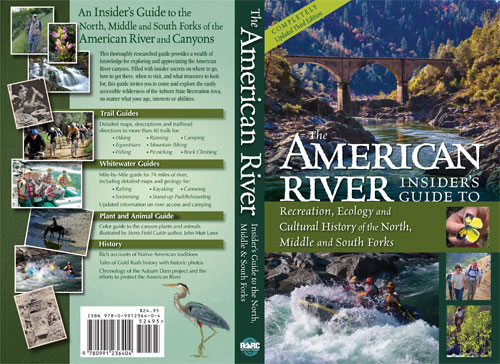The federal government’s operation of Folsom and Nimbus dams is harming fall-run Chinook salmon and steelhead in the American River, several environmental and fishing groups allege in a complaint filed this week with the state.
The groups are urging the State Water Resources Control Board to amend the U.S. Bureau of Reclamation’s permits to require colder and faster river flows from the two dams. The board has authority over water rights issued to the Bureau of Reclamation, as well as responsibility for protecting public trust resources, including fisheries and water quality. The board first issued operating permits for the dams in 1958.
“We’ve got to have a guaranteed higher flow, and there have to be modifications to Folsom Dam that will allow them to tap the coldest (water) pool in the reservoir,” said Stephen Green, president of Save the American River Association. “When temperatures are high and flows are low, we know that fish are being killed, and it’s not just this year. It’s been going on for decades.”
The other groups involved in the complaint are the California Sportfishing Protection Alliance, California Save Our Streams Council and the Public Trust Alliance.
The water board is reviewing the complaint, which was received on April 4, said spokesman George Kostyrko. If it decides the complaint has merit, it could be scheduled for a hearing or further investigation.
“It is still early in the process, so we haven’t arrived at that, or any conclusions yet,” Kostyrko said via email.
Reclamation officials said they haven’t reviewed the complaint yet and had no comment.
Reclamation’s permit with the state allows it to reduce flows in the lower American River, which cuts through the Sacramento area, to as low as 250 cubic feet per second under certain conditions. Such flows were reached earlier this winter because of the drought, and may occur again this summer and fall. The complaint alleges this is insufficient to support healthy fish life, and should be raised to at least 750 cfs, Green said.


